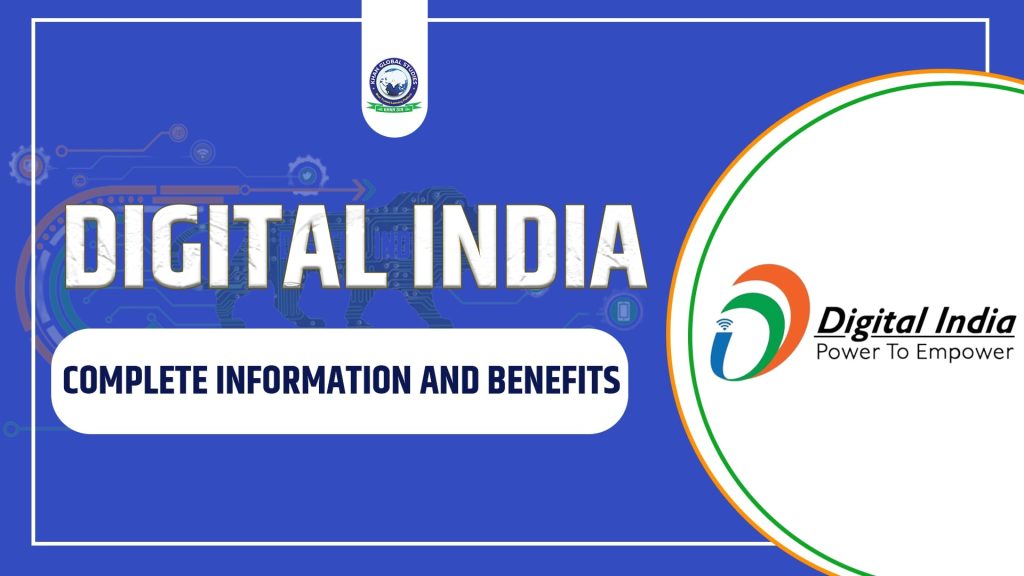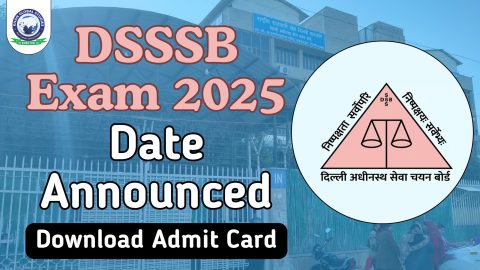
In the modern age of information technology, India is rapidly moving towards becoming a digitally empowered society and knowledge economy. The Digital India initiative launched by the Government of India has played an important role in shaping this transformation. This article provides a comprehensive overview of Digital India, its objectives, key components and the myriad benefits it brings to citizens and the country as a whole.
What is Digital India?
Digital India is a major program launched by the Government of India in 2015 under the visionary leadership of Prime Minister Narendra Modi. The central vision of the program is to transform India into a digitally empowered society and knowledge economy. It aims to harness the power of digital technology to bridge the digital divide and provide a wide range of services to all citizens.
Major Objectives of Digital India
- Infrastructure Development: Digital India focuses on building a strong digital infrastructure, including high-speed internet connectivity, in rural and urban areas.
- E-Governance: It aims to make government services electronically accessible to all citizens while promoting transparency and efficiency.
- Digital Literacy: It promotes digital literacy to ensure that every citizen can access and use digital resources effectively.
- Universal Access to Mobile Connectivity: This initiative aims to extend mobile connectivity to remote and rural areas, thereby empowering residents with information and services.
- Digital Empowerment of Citizens: It aims to provide digital platforms to citizens for various services including healthcare, education and financial inclusion.
Major Components of Digital India
- Digital Infrastructure: The program focuses on building digital infrastructure, including the BharatNet project to connect rural areas with high-speed internet.
- E-Governance: Initiatives like MyGov, e-Hospital and e-Scholarship aim to make government services more accessible and citizen-friendly.
- Digital Literacy: Programs like the Digital Literacy Campaign (DISHA) provide digital training to citizens including digital payments and mobile banking.
- Mobile Connectivity: The National Digital Communications Policy 2018 aims to ensure broadband and mobile connectivity for all.
- Universal Access to Phones: The program aims to promote affordable and widespread access to smartphones.
Benefits of Digital India
- Better Access to Services: Citizens can access government services, education, health care and financial services online, reducing the need for physical presence.
- Increase in Transparency: E-governance initiatives reduce corruption and increase transparency in government operations.
- Digital Payments: The move towards a cashless economy has increased the use of digital payment methods, making transactions more convenient and secure.
- Empowerment of Rural Areas: Rural citizens now have access to information and resources, thereby bridging the urban-rural digital divide.
- Economic Growth: The digital revolution has boosted economic growth, especially in the IT and e-commerce sectors, thereby creating employment opportunities.
- Global Recognition: India’s progress in the digital sector has gained international recognition, establishing the country as a Global IT hub.
Ultimately, It is a transformative initiative that is not only revolutionizing governance but also improving the lives of citizens across the country. By leveraging the power of digital technology, India is making significant progress towards becoming a digitally empowered society and knowledge economy. The continued success of this initiative promises a brighter and more inclusive future for all.




